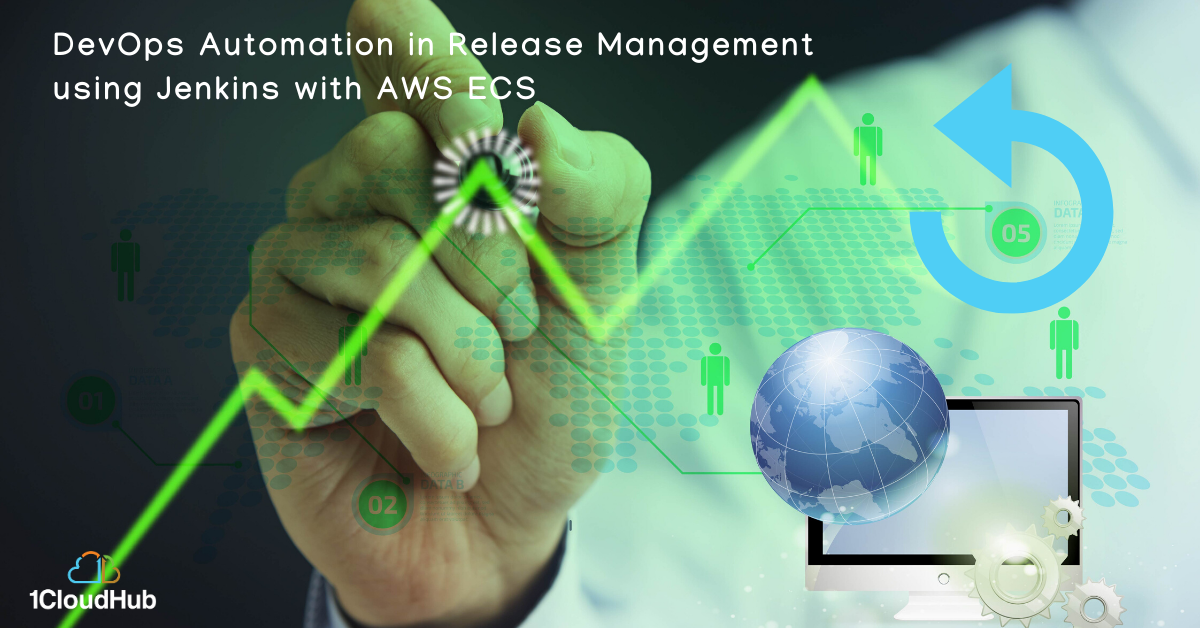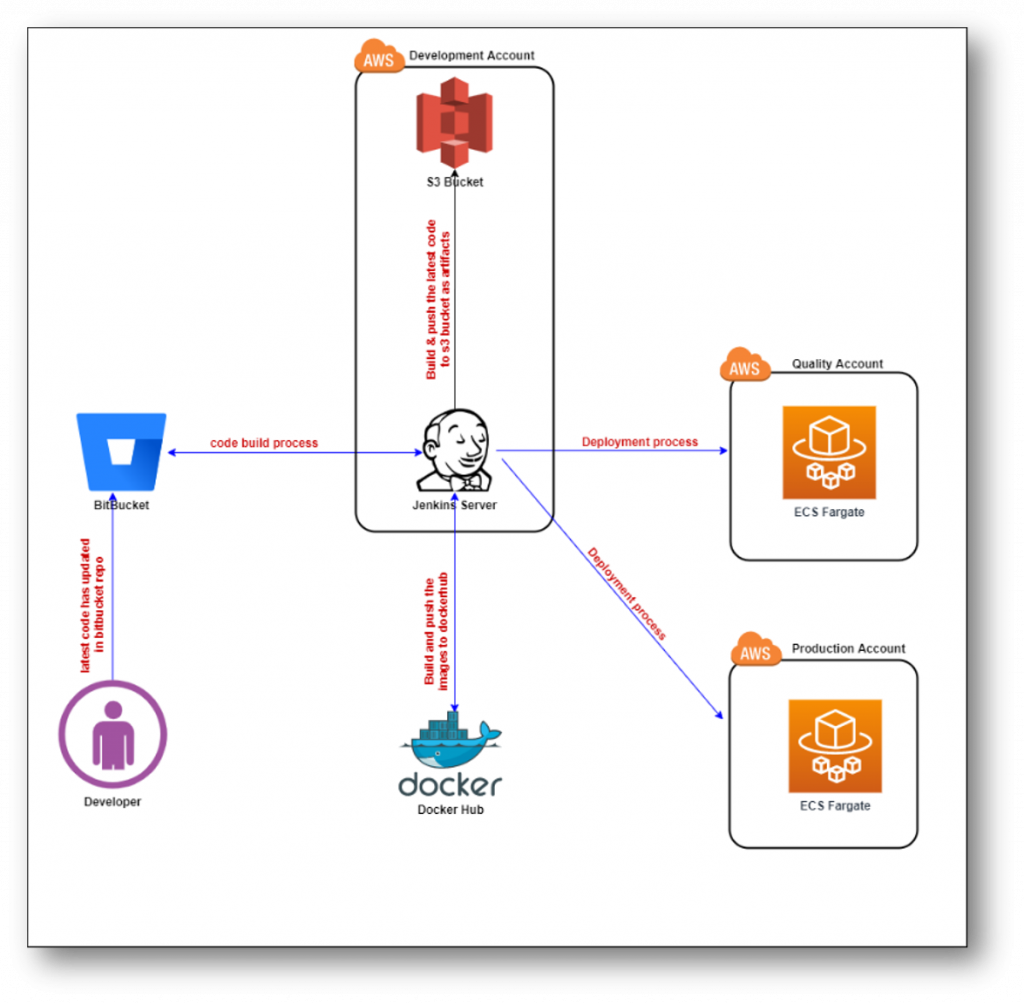Need for Environment
Service based organisations needs to coordinate the process of application development, operations and software deployment while ensuring with business priorities with standard process. For this, release management has the perfect strategy for fulfilling all of the organization’s above needs.
Why release management is important in DevOps?
Release management is the process of planning and coordinating software/application updates into production using automation. It helps to controlling the software builds in different stage of developments in each environment like dev and prod. The development and delivery of software releases were also carried out. It ensures that all requirements and business needs of application development have been fulfilled in order to minimize as much as possible the risk of code failures in production.

Before DevOps (Manual Process)
Most businesses still have a manual process for building and testing applications in every release that generate bottlenecks for business strategies and enhance customer experience. Delivery team may face pressure to release their applications more quickly. The delivery team will face pressure to release their applications more quickly because businesses are facing manual delivery challenges. Organizations are evolving rapidly, using DevOps and CICD tools to speed up the process, to release their applications.
Common Challenges in Release Management
- Deployments taking too long – For multiple applications, the content of the script needs to be copied and pasted onto the server which increases the complexity because we have several servers. We don’t know which scripts and what applications to deploy at some point and it may lead to some confusion. This may result in delays in all deployments and testing.
- Missing Artifacts and other dependencies – Failure to deal with any release of new versions due to missing library files and not updating the latest scripts. This causes a lack of dependency to deploy their application.
- Difficult to change the Adhoc request – Unable to change their adhoc application, because it takes time to test changes in the dev environment and push them to the prod environment. In case we need to adjust the adhoc requests on the websites, more manual effort is required.
- Dependencies on Specific Peoples – Some committed individuals know all about their applications for this project and whoever writes the initial scripts for the application will address the issues.
Type of problem solved by DevOps
The idea of introducing DevOps in release management is to maintain the quality of development and automation across the CICD process. This makes it easier to deal with complicated scenarios without delays and on-time delivery. The introduction of continuous integration tools therefore makes it easier for developers to streamline development processes.
DevOps solves the problems below:
- Manual process
- Manual steps
- Manual clicking
- Manual coding
- Manual building
- Manual Testing
Business Benefits of Release Management in DevOps
- Fewer defects.
- Increased predictability.
- Excellent compliance, and reduced costs.
- Automation of the release process makes the higher quality, consistency.
- Faster deployments and consistent deliveries.
- Strong auditing and traceability of application version changes.
- Boost the confidence through successful and consistent deliveries.
- Making the smooth release – unstressed activity.
- No downtime for their applications.
- Quality is higher when testing and release processes are structured, repeatable.
The greatest value of DevOps is time saving. Aligning the people and resources of the organization enables quick deployments and updates that allow DevOps to fix problems before they become disasters.


